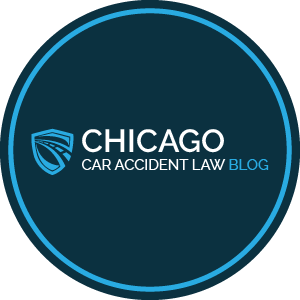Look, PFAS contamination is a growing issue for both communities and firefighters. EPOC Enviro's new technology, SAFF®10, offers a promising solution. And that's important. This innovation is vital because firefighting foam has been a major source of PFAS pollution, affecting the environment and public health.

What is PFAS and How Does It Relate to Firefighting Foam?
So, PFAS, or per- and polyfluoroalkyl substances, are synthetic chemicals found in lots of products, including firefighting foams. They're known as "forever chemicals" because they just don't go away. They can contaminate soil and water, posing significant health risks. Aqueous Film Forming Foams (AFFF), used to combat fuel fires, are a primary source of this contamination. Imagine if they just lingered forever.
How Does the SAFF®10 Technology Work?
Here's the thing: Developed by EPOC Enviro, SAFF®10 stands for Surface Active Foam Fractionation. This technology effectively removes PFAS from water, even in tough spots. It's a sustainable solution that plays a crucial role in addressing PFAS contamination and protecting affected areas. And that's quite a relief.
Why is PFAS Remediation Important for Firefighters and Communities?
Firefighters and residents near military bases, airports, and industrial sites face higher risks of PFAS exposure. Unfortunately, long-term exposure can lead to severe health issues, including cancer and liver damage. So, technologies like SAFF®10 are essential for reducing PFAS levels, safeguarding health, and preserving ecosystems.
When Should Individuals Seek PFAS Testing or Health Monitoring?
Individuals near PFAS contamination sites or those who have used firefighting foams should consider testing and health monitoring, especially if experiencing symptoms like thyroid issues. Regular check-ups can help detect and manage health impacts early. And that's crucial.
What is the Current Regulatory Landscape for PFAS?
As of 2025, the Environmental Protection Agency (EPA) is actively developing regulations to control PFAS emissions. These include setting limits for PFAS in drinking water and establishing disposal guidelines. Staying informed about these regulations is crucial for community safety. Really, it is.
What Resources are Available for Affected Individuals?
Those affected by PFAS can access support from environmental health organizations, local agencies, and community groups. These resources provide information on testing, health risks, and remediation. Plus, legal advice is also available for those impacted by PFAS exposure. (Which, honestly, is pretty alarming.)
What Steps Can Communities Take to Protect Themselves?
Communities can advocate for stronger PFAS regulations, support local remediation efforts, and educate members about PFAS risks. Individuals can reduce exposure by using water filters and staying informed about local contamination levels. So, what does this mean for you? It means taking action.



